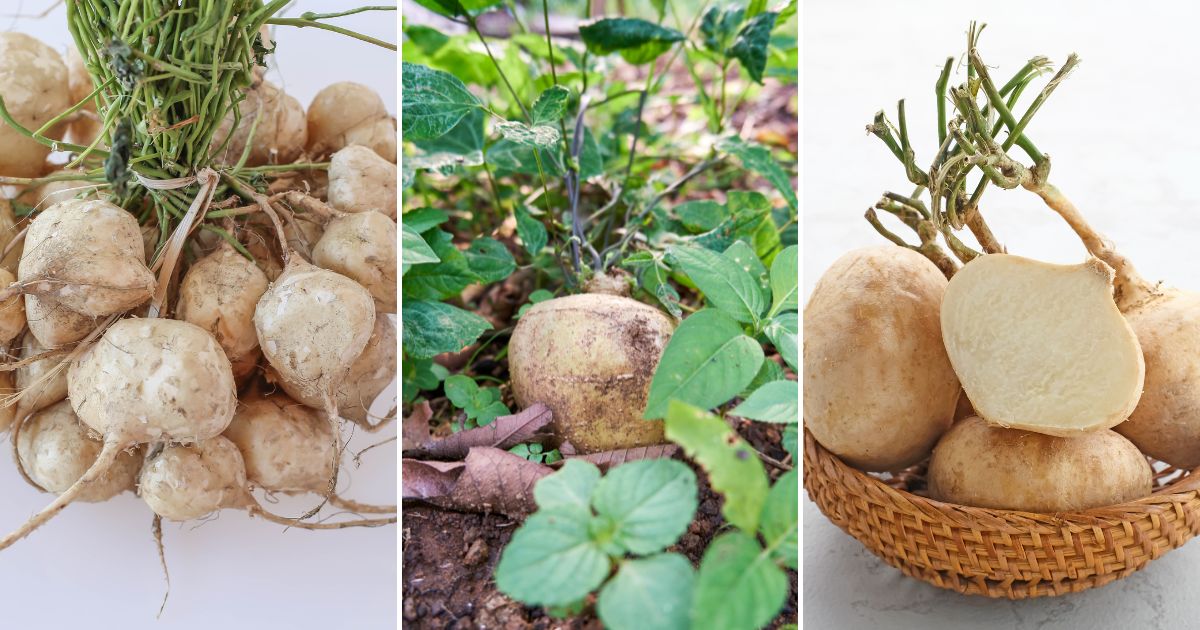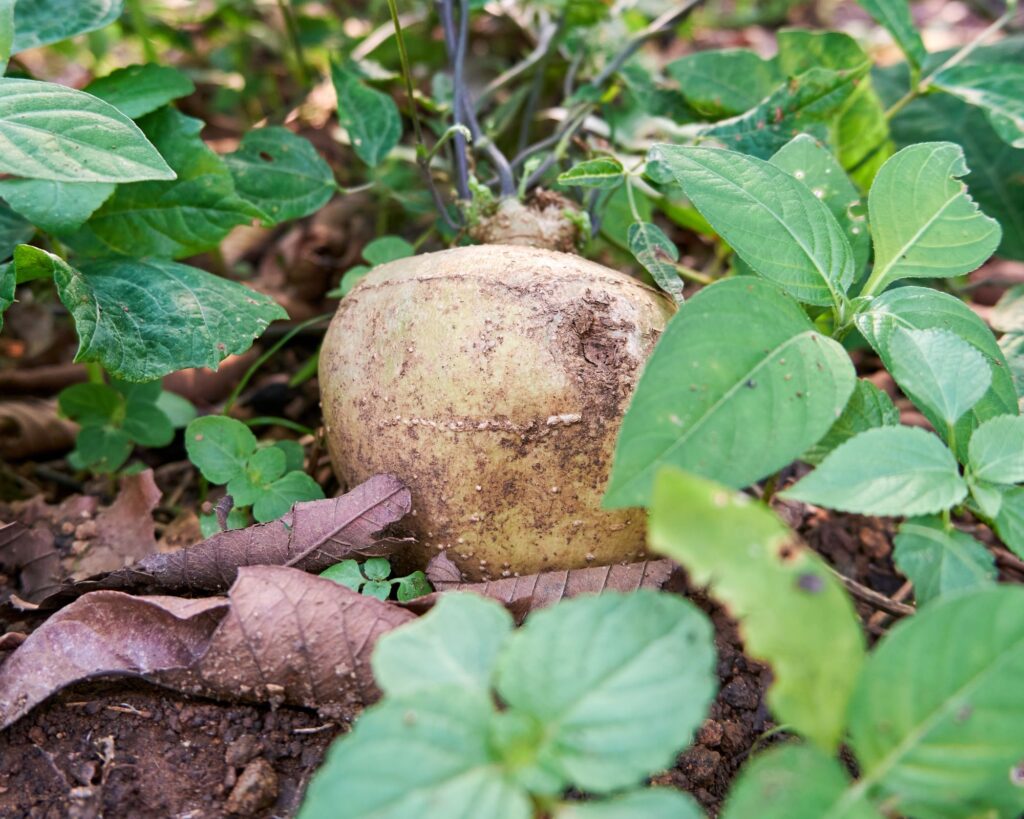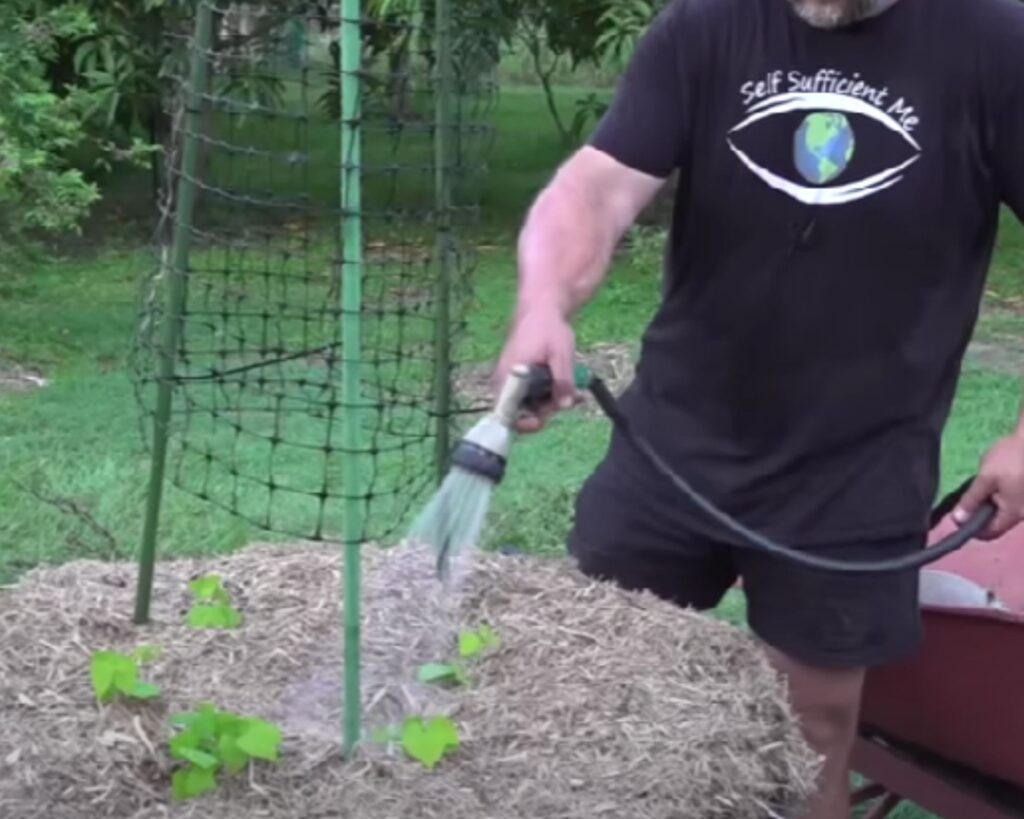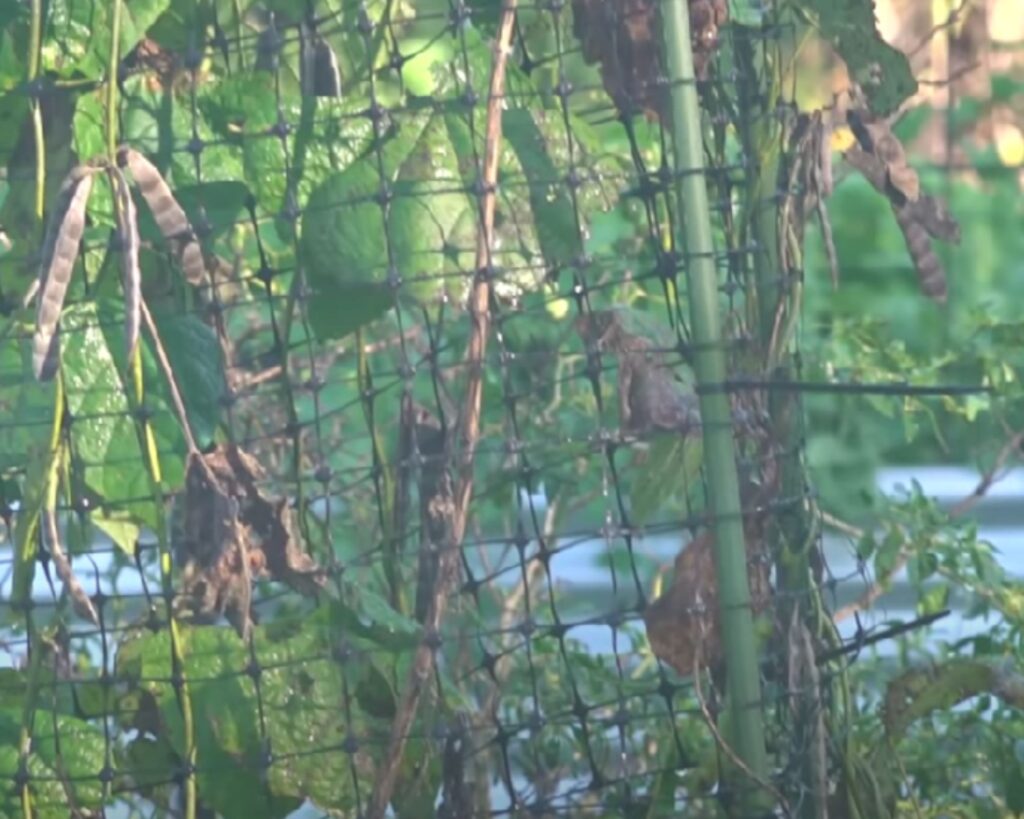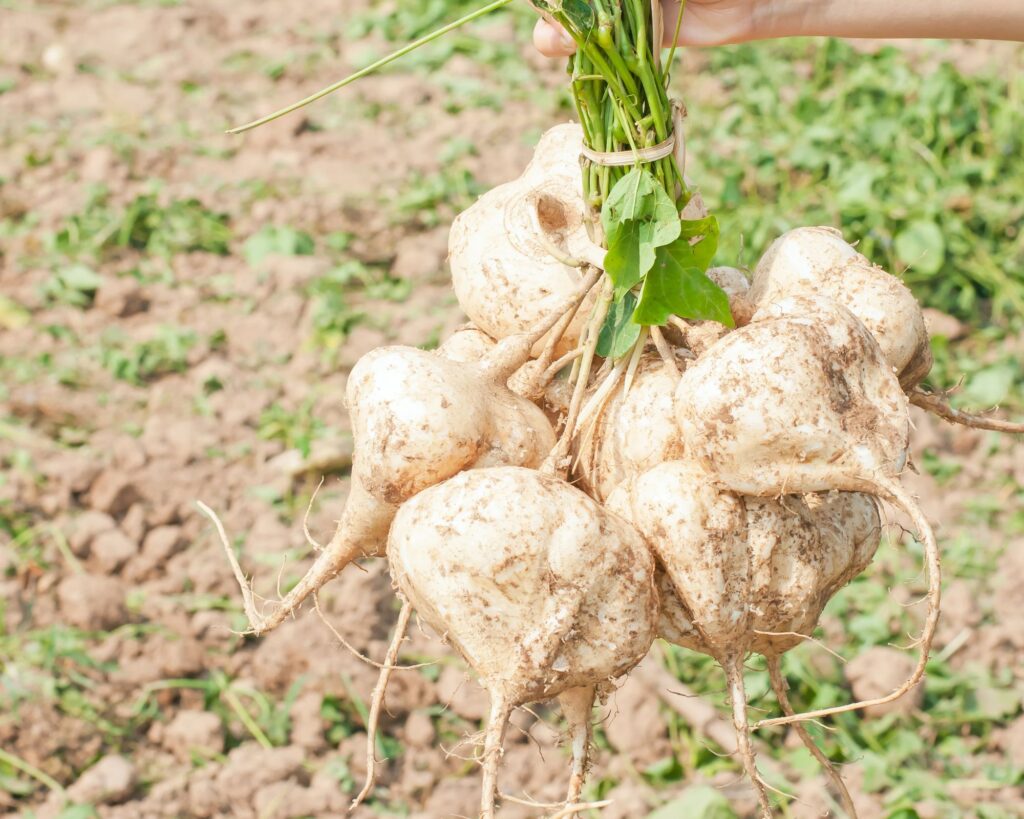Planting jicama roots can be a rewarding experience, bringing forth a delicious and nutritious tuber.
However, to ensure a successful harvest, it’s essential to follow these expert tips, which cover everything from soil preparation to harvesting techniques.
1. Selecting the Right Seeds
Choosing quality seeds is the cornerstone of successful jicama planting.
Opt for seeds from reputable suppliers, ensuring they’re fresh and viable.
Inspect the seeds for uniformity in size and color, as these are indicators of quality.
A good seed lays the foundation for a bountiful harvest.
2. Preparing the Soil
Jicama thrives in well-draining, nutrient-rich soil.
Before planting, thoroughly till the ground and incorporate organic matter such as compost or well-rotted manure.
The soil pH should be neutral to slightly alkaline, around 6.5 to 7.5, to provide the best growing conditions.
3. Watering Wisely
Consistent watering is crucial for jicama.
These plants require regular moisture, especially during dry spells, to develop healthy roots.
Water deeply and less frequently to encourage root growth, but ensure the soil is not waterlogged. Mulching can help retain soil moisture.
4. Managing Pests and Diseases
Pest management is essential to protect jicama plants.
Use natural pest control methods, such as introducing beneficial insects or using neem oil.
Regularly inspect plants for signs of disease or infestation and act promptly to prevent spread.
5. Harvesting at the Right Time
Harvesting jicama requires patience; typically, they are ready 5 to 9 months after planting.
Watch for the leaves to turn yellow, a sign that the roots have matured.
Use a spade to gently lift the tubers, ensuring they are plump and fully developed for the best flavor.
